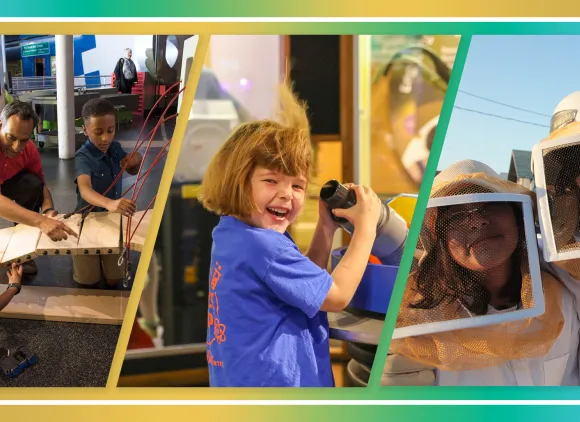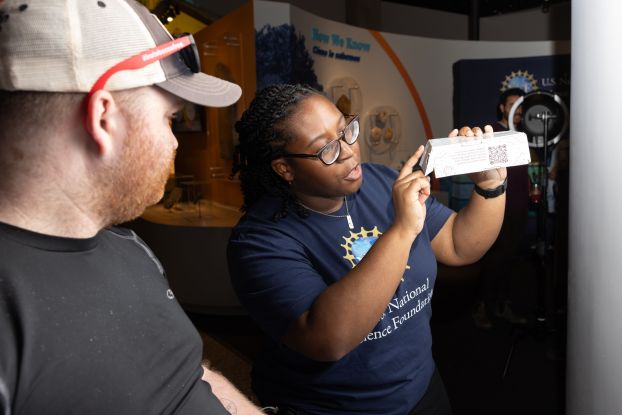
Credit: Charlotte Geary/NSF
Connecting with the public
Established in 1957, the NSF Public Understanding of Science program (known today as the Advancing Informal STEM Learning program) began supporting science writers, lecturers, conferences and more to improve public awareness and understanding of the impact of science, technology, engineering and mathematics (STEM) in their daily lives.
In 1976, NSF's strategy shifted to focus on large-scale communication activities that could reach millions of citizens of all ages and backgrounds in science museums, community centers, giant-screen theaters, outdoor settings and their homes.
Over the following decades, the agency has continued to support STEM education at all levels, in all science and engineering fields and in all settings — both inside and outside the classroom.
On-the-go STEM tools
Whether you are a teacher, student or other STEM enthusiast, NSF-supported online platforms and mobile apps will ignite your imagination and help you explore the world around you.
Here are some examples:
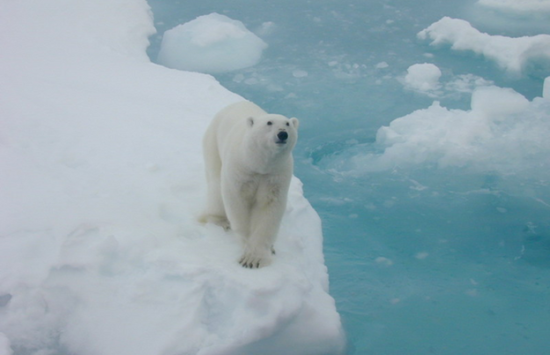
NOVA Evolution Lab
This free digital platform encourages scientific exploration through game-based labs and puzzles, where players can explore evolutionary relationships linking together a spectacular array of species. The platform builds on an NSF-funded museum exhibit called "Life on Earth."

Merlin
Developed by the Cornell Lab of Ornithology, this free app allows bird watchers and outdoor enthusiasts at every level to identify the birds they see and hear.
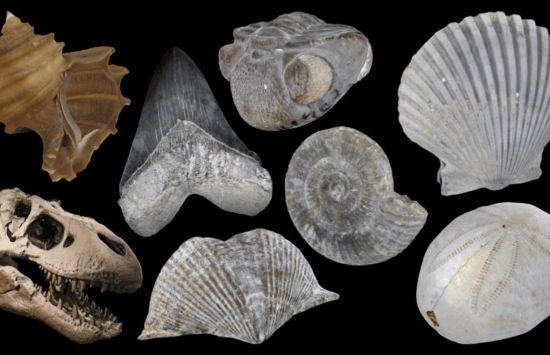
Digital Atlas of Ancient Life
This app is designed to help individuals identify fossil species and explore the diversity and history of life on Earth.

Scratch
Launched in 2007, Scratch can help kids learn the fundamentals of coding language and improve their mathematics, computation and problem-solving skills.
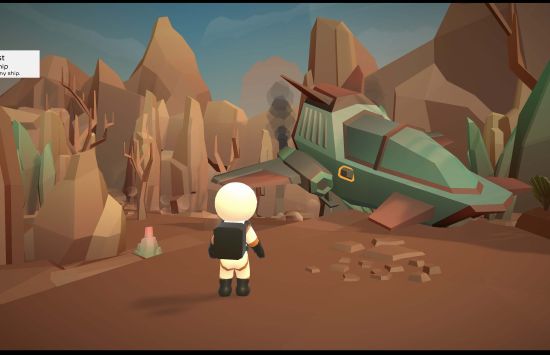
ARIN-561
This game allows players to explore a strange new planet as a crash-landed astronaut, while also introducing them to foundational artificial intelligence concepts through visual and interactive tutorials.
Rockd
Whether they are a professional geoscientist or curious about the rocks around them and the stories they tell, this app allows users to explore and learn about the geologic record, contribute their own observations and log their journey through the geologic record.
S is for science
NSF has been empowering scientific storytellers for decades, bringing science to life on the small screen. These evidence-based programs served up science education alongside entertainment, inspiring new generations of science enthusiasts.
Here are a few examples:

3-2-1 Contact
This science and technology series for 8- to 12-year-olds premiered on PBS in 1980, combining skits, cartoons and documentary shorts to familiarize viewers with a wide range of scientific disciplines. It was one of the first children's science series to receive funding from NSF.

Bill Nye the Science Guy
In this Emmy Award-winning series, Bill Nye introduces viewers to a variety of life, physical and planetary science topics in his laboratories and various field locations.
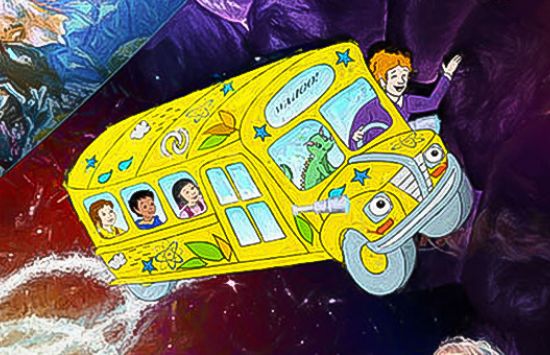
The Magic School Bus
Airing on PBS in the mid-1990s, this NSF-funded animated TV show follows Ms. Frizzle and her class as they set off on field trips out of this world, including careening across the solar system, traveling through the human body or visiting the late Cretaceous period.
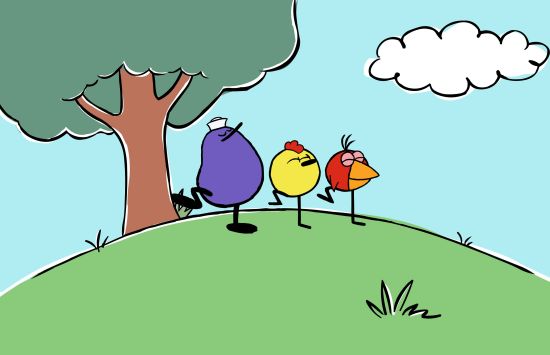
Peep and the Big Wide World
This Emmy Award-winning animated series revolves around the lives of Peep, Chirp and Quack, as viewers discover and explore the world around them. It was one of the first programs to show that toddlers could learn basic science concepts and skills.
SciGirls
Airing on PBS in 2010, this show followed a group of real-world middle-school girls as they predict, observe, experiment and otherwise don their "scientist hats" to understand the world around them.
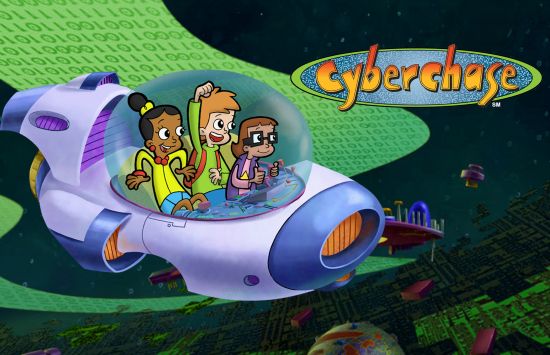
Cyberchase
This Emmy Award-winning, mystery-adventure animated series teaches mathematical problem-solving, showing kids how math can help solve life's wacky problems in the real world.
Coming to a theater near you
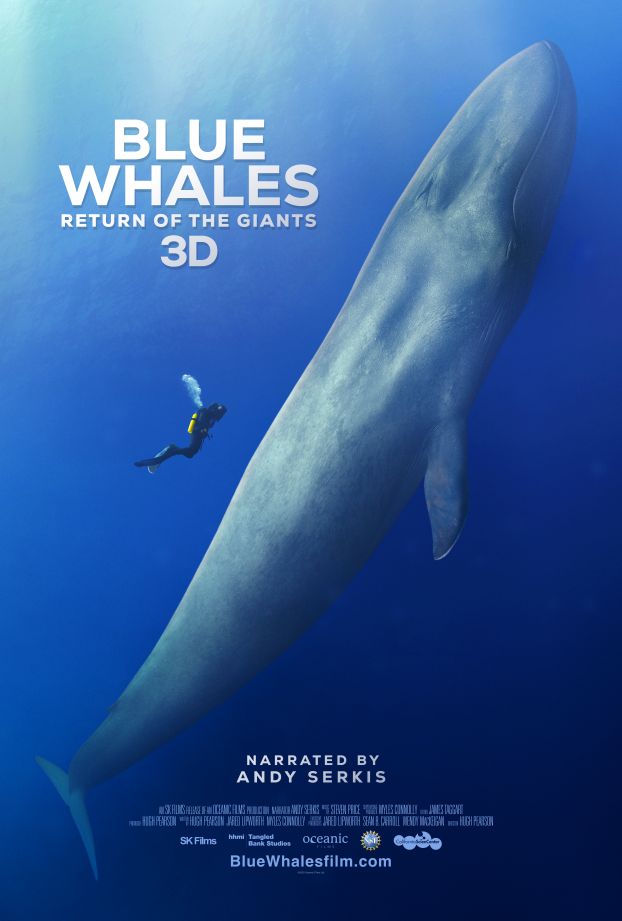
Credit: SK Films

Credit: Courtesy of SK Films
NSF's support of documentary filmmakers helps transport viewers to the frontlines of science and engineering, sparking imaginations and igniting a lifelong passion for STEM.
A few examples include:
Blue Whales: Return Of The Giants
Produced by Oceanic Films with major funding from NSF, this IMAX film allows viewers to explore the world of the magnificent blue whale, a species rebounding from the brink of extinction.
Special Effects
This Oscar-nominated IMAX short film takes viewers behind the scenes, showcasing how filmmakers use fundamental concepts from science and math as well as technology to create realistic illusions on the screen.
Black Holes: The Other Side of Infinity
In this NSF-funded film, zip through otherworldly wormholes, experience the creation of the Milky Way Galaxy and witness the violent death of a star and the subsequent birth of a black hole.
We Still Live Here — Âs Nutayuneân
For over a century, the language of the Wampanoag tribes was not spoken. This film documents how members of the Wôpanâak Language Reclamation Project brought this language back to life, recovering critical aspects of a tribe's culture.
Forces of Nature
This National Geographic film showcases the awesome spectacle of earthquakes, volcanoes and severe storms by following researchers on their groundbreaking quests to understand how these natural disasters are triggered.
Flight of the Butterflies
This NSF-funded IMAX film follows the monarch's perilous, year-long, 3,000-mile migration across Canada and the U.S. to Mexico.
All-access pass
Every year, millions of people visit NSF-supported exhibits at science museums, centers, zoos, botanic gardens, aquariums, science festivals and other venues nationwide.
Some examples of NSF-powered exhibits, both past and present, include:
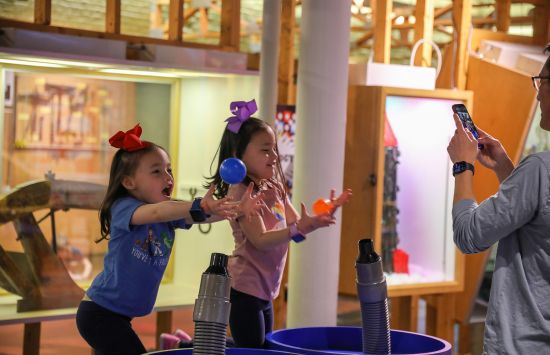
The World Around Us
This permanent interactive exhibit at the Kentucky Science Center allows visitors to explore the ecology, ecosystems and biological diversity of the Earth.
Discovering Our Universe
Anticipated to open in 2026 at the Smithsonian Institution's National Air and Space Museum, this exhibition will illuminate how the development of new and more precise tools transformed humankind's understanding of the origin, content and fate of the universe.
What Makes Music?
This traveling exhibit for children and adults about the physics of sound and music attracted an estimated 2.2 million people to 18 museums between 1988 to 1995.
WaterSIMmersive
This immersive museum exhibit and accompanying educational game will help educate and empower communities living in the Desert Southwest on water sustainability issues.
Tools of the Astronomer
A set of interactive exhibits that opened in 1994 at Lowell Observatory in Arizona was designed to teach both the historical and modern concepts of astronomy using a wide variety of astronomical tools.
Mysteries of Çatalhöyük: An Archaeological Investigation
This 2001 special exhibit at the Science Museum of Minnesota explored the culture, people and archaeology of the Neolithic site of Çatalhöyük.
Explore more resources
NSF on YouTube
Browse our collection of videos for NSF news and discoveries in STEM.
"NSF's Discovery Files" podcast
Join us as we explore the world of scientific research, with commentary from the scientists making these discoveries.
NSF on social media
NSF's social media accounts feature news, discoveries and more.

